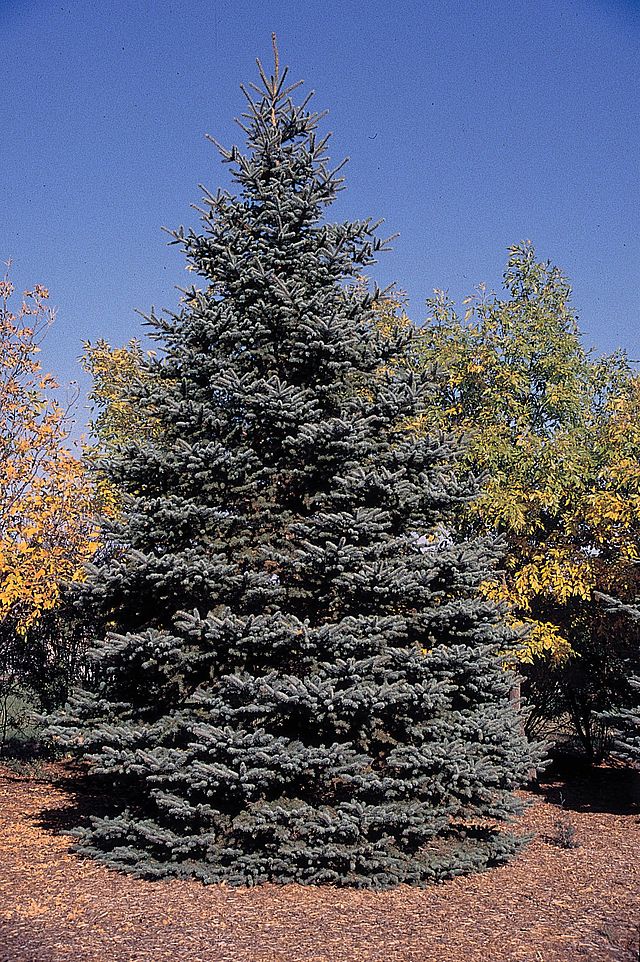Collection: Conifer Trees
- Types and Species: Conifers include a wide range of species such as pines, spruces, firs, cedars, and junipers. They are part of the gymnosperm group, meaning their seeds are not enclosed in an ovary.
- Adaptations: Conifers are well-adapted to cold and dry environments. Their needle-like leaves reduce water loss and are often coated with a waxy substance to protect against harsh weather conditions. This adaptation allows them to survive in environments where other plants might struggle.
- Reproduction: Conifers reproduce through cones. Male cones release pollen, which is carried by the wind to female cones. Once fertilized, the seeds develop within the female cones and are eventually dispersed to grow into new trees.
- Ecological Importance: Coniferous forests, such as the taiga or boreal forests, are some of the largest terrestrial biomes on Earth. They play a crucial role in carbon sequestration, providing habitat for wildlife, and influencing global climate patterns.
- Economic Value: Conifers are economically significant due to their wood, which is used for construction, paper production, and as a source of resin. They are also popular as ornamental trees and are widely used during the Christmas season.

-
 Sold out
Sold outBalsam Fir Plugs Packs
Regular price From $35.00 USDRegular priceUnit price / per -
 Sold out
Sold outBlack Spruce Plug Packs
Regular price From $35.00 USDRegular priceUnit price / per -

 Sold out
Sold outBlue Spruce Pack of 10
Regular price $50.00 USDRegular priceUnit price / per -
 Sold out
Sold outFrasier Fir Plug Packs
Regular price From $35.00 USDRegular priceUnit price / per -
 Sold out
Sold outHemlock Plug Packs
Regular price From $35.00 USDRegular priceUnit price / per -
 Sold out
Sold outJack Pine Plug Packs
Regular price From $35.00 USDRegular priceUnit price / per -
 Sold out
Sold outNorway Spruce Plug Packs
Regular price From $35.00 USDRegular priceUnit price / per -
 Sold out
Sold outRed Pine Plug Packs
Regular price From $35.00 USDRegular priceUnit price / per -
 Sold out
Sold outTamarack Plug Packs
Regular price From $35.00 USDRegular priceUnit price / per -
 Sold out
Sold outWhite Cedar Plug Packs
Regular price From $35.00 USDRegular priceUnit price / per -
 Sold out
Sold outWhite Pine Plug Packs
Regular price From $35.00 USDRegular priceUnit price / per -
 Sold out
Sold outWhite Spruce Plug Packs
Regular price From $35.00 USDRegular priceUnit price / per












